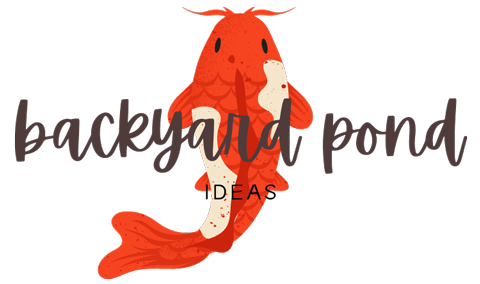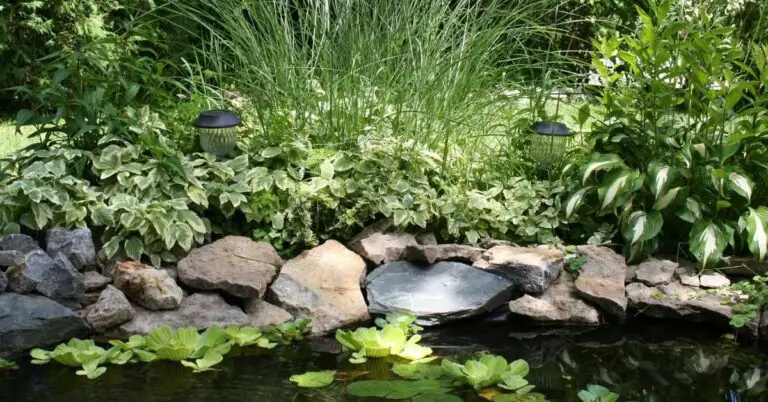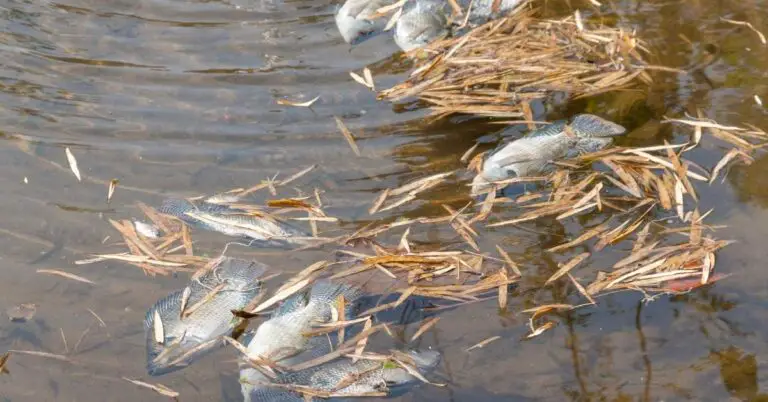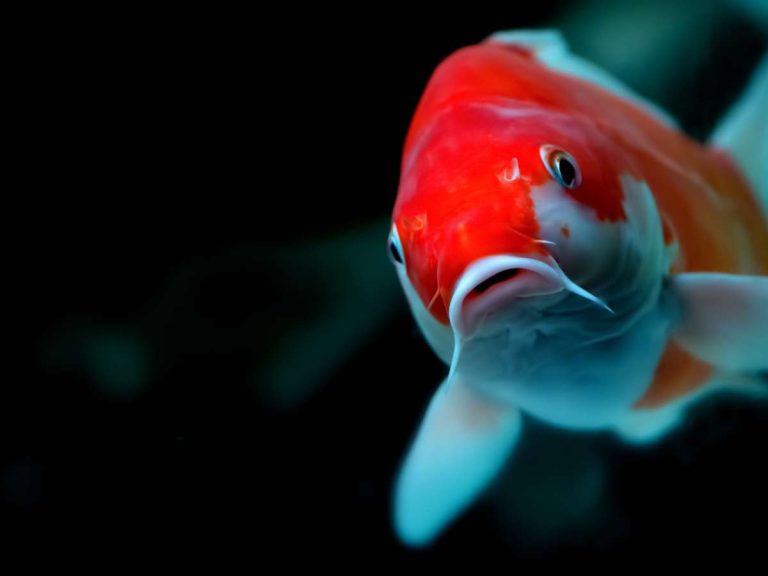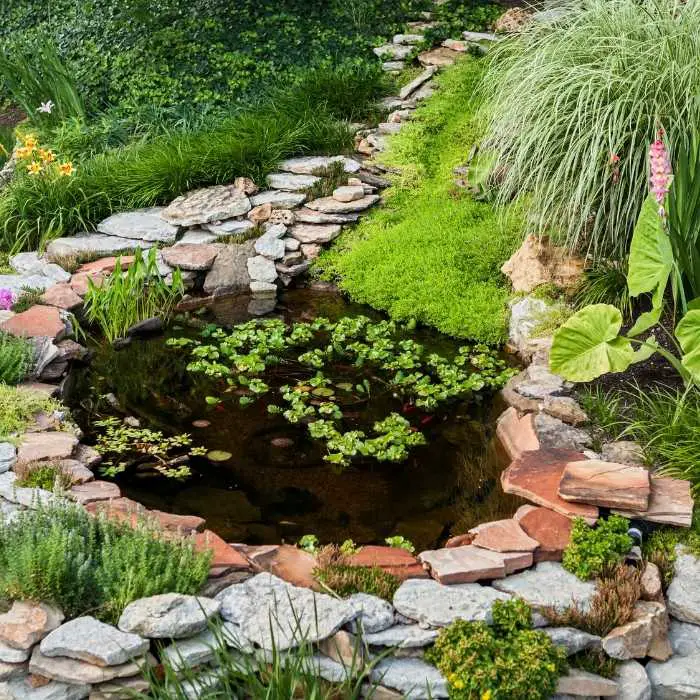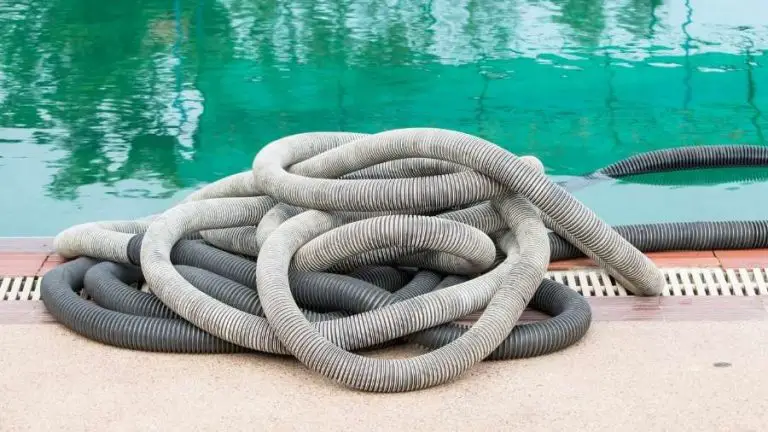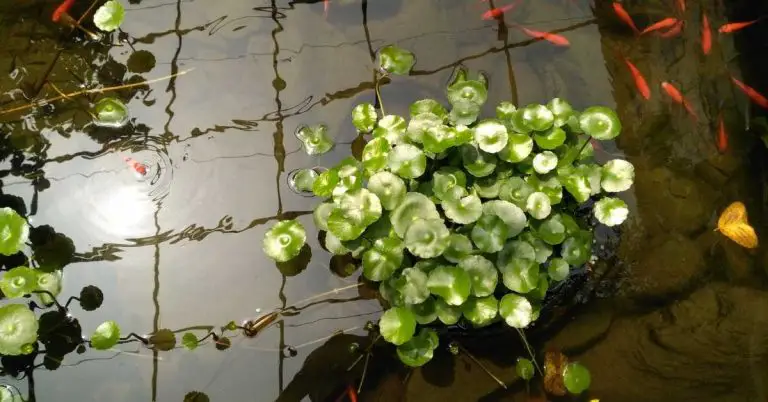Can You Have A Backyard Pond Without A Pump?
Backyard ponds come in all shapes and sizes. They also can have drastically different functions depending on the type of aquatic plants and wildlife you plan on including in it. But one question I get asked consistently is whether or not a backyard pond needs a pump.
In most cases, you cannot have a backyard pond without a pump. You’ll need a pump to keep your pond’s water flowing, properly oxygenated and clean of algae and unwanted bacteria. Pumps are especially necessary in ponds that contain fish such as koi and goldfish.
With that being said, you’ll notice I said “in most cases”. This is because there are circumstances where having a pump isn’t totally necessary, and other cases where your pond might normally need a pump but there are other variables in place that make up for it like a natural stream, an abundance of pond plants, etc.
Let’s go over exactly what a pump does for your pond and when one is and isn’t necessary.
A Pond Pump Is Used To Oxygenate & Aerate Water
So, let’s take care of the basics before we get into more detailed pond pump scenarios. What is the point of using a pond pump?
Pond pumps are primarily used to aerate and oxygenate the water within the pond. They work by constantly pushing water through the pump and distributing it by force throughout the rest of the pond.
Why is it necessary to constantly pump the water in your pond? Because water that is moving is less likely to become stagnant, and stagnant water prevents nutrients from spreading evenly to whatever plants, fish and other aquatic life that live within the pond.
Preventing stagnation in your pond ensures proper aeration and oxygenation of the water, prevents algae buildup and even helps to minimize unwanted insects like mosquitoes from congregating.
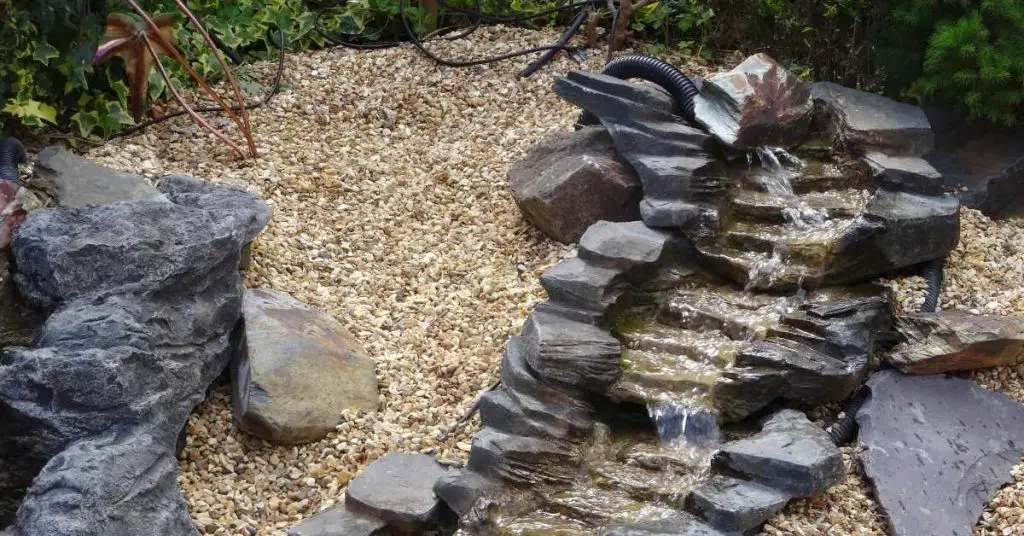
A Natural Pond Doesn’t Need A Pump
Now that we’ve covered how pumps work and what they do, you might be wondering how natural ponds survive and thrive without an electric pump keeping the water moving.
Natural ponds are a very different animal than a typical backyard pond. Natural ponds are full of local wildlife including plants, fish, insects and even amphibious and mammalian animals.
Natural ponds work without a pump because the ecosystem of the pond keeps nutrient and oxygen levels high and unwanted levels of algae low.
Artificial ponds that are constructed to mimic the behavior and ecosystem of a natural pond are generally called “wildlife ponds”.
As the wildlife lives the course of its life within a natural pond, it will eat, hunt for food, give off waste (poop) and eventually die. All of this happens without the aid of a gardener like yourself or an electric filter to clean the water of all this debris.
When plant and animal life dies within the pond this biological material decomposes and rots and thus provides high levels of nutrients to the water. These nutrients are then consumed by micro-organicism as well as larger water plants that live in the pond, including algae.
Because natural ponds have so much more biodiversity than an artificial backyard pond, the nutrients given off by decaying organic matter is consumed faster than algae can keep up with. This prevents algae from taking hold and is the reason why most natural ponds are not covered in algae, at least if that pond is healthy.
Think of it exactly like how fertilizer works on land. Fertilizer is made from the decomposed waste of animals which is then used as food for the plants and vegetables you grow on your lawn or garden. Too much fertilizer can result in too many weeds or stinky soil.
Another factor to consider is that natural ponds have soil at the bottom which provides extra nutrients to the water. Backyard ponds typically have a pond liner which removes those which will then require another source and necessitate a pump to help distribute.
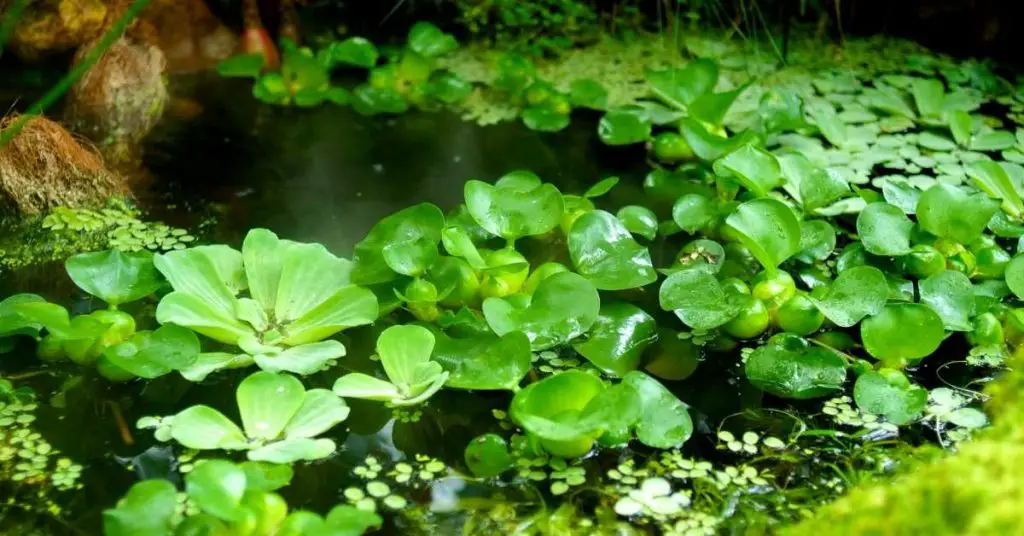
Koi Fish Cannot Survive Without A Pump
Having a backyard pond with fish in it is definitely a scenario where a pump and filter system is absolutely necessary.
Fish need oxygen in order to survive and so will be much healthier and live far longer in a pond that is properly aerated and oxygenated.
A pond with fish but without a pump and filtration system is, in my opinion, a recipe for disaster. All that waste that the fish and plants in the pond produce will build up and create a toxic living environment for the fish over time. Under such conditions, your fish will most likely die in short order and never reach their full genetic potential.
In fact, having a fish pond is probably a good reason to make sure you add extra oxygen to water. You do this by making sure you have at least one pump that is powerful enough for the size and depth of your pond. You may even want to add a 1 or 2 supplementary pumps while still making sure you’re not causing too much turbulence in the water for the fish to handle.
And of course, your fish pond will need to be adequately filtered as well. This will reduce the levels of unwanted bacteria and algae that tend to build up in artificial backyard ponds which can interfere with your fish’s lifecycle.
Pond Plants Don’t Usually Require A Pump
Like I mentioned earlier, not all ponds are the same and so the requirements of a pond featuring mostly fish will be different from one with no fish and lots of plants.
Strictly speaking, pond plants do not need a pump to survive or even to thrive. They create their own oxygen and actually help to filter the water from becoming laden with excess nutrients.
Plants are some of the most amazing living things on the planet. We take them for granted but they actually do so much to create and maintain the environments we all live in. Pond plants are no different.
When you establish plants in your backyard pond, the plants immediately begin to give off oxygen, just as they do on land. How much oxygenation they provide for your pond will depend on how much of the plant is submerged and how much is above water.
Plants that have leaves and branches above water will simply let oxygen off into the open air, which is great for the environment but not of much benefit to your pond. Plants which are submerged, or even partially submerged, will give off the same amount of oxygen but will release it into the water instead of the air. Entirely submerged plants will provide maximum oxygenation for your pond and help the most to eliminate the need for an electric pump.
If you have fish as well then this equation changes somewhat. The biggest factor for plants when you have fish is simply that the fish will eat the plants. This means more waste and a greater need for oxygen with less plants to filter that waste out and provide increased oxygen. This is why ponds with lots of plants don’t necessarily need a pump and filter while ponds with lots of fish almost always do.
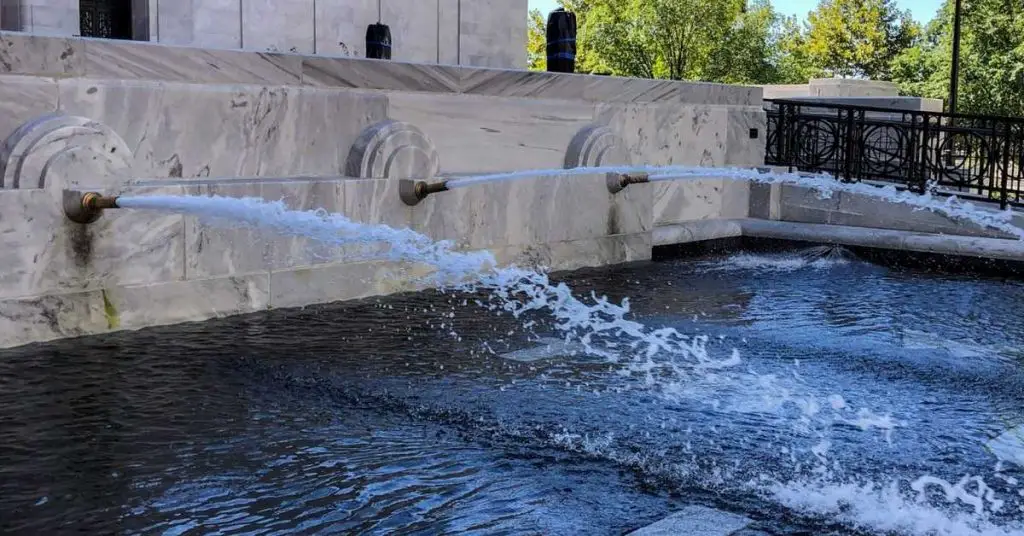
Oxygenation Means Putting Oxygen Into Water
By now you’ve heard me talk quite a lot about oxygenation and aeration of your pond, but what do those two terms mean?
Aeration is the process of bringing air into the water. You can see aeration in action when you splash water with your hand. The tiny bubbles or foam you see when doing this is air entering and exiting the water’s surface. Oxygenation is what happens when water is aerated, or in other words when oxygen is incorporated into the water.
Just like humans with the air we breathe, aquatic life like fish and plants need oxygen to survive as well. The difference is instead of breathing in oxygen from the air, fish and plants extract oxygen from the water around them. This is why it’s crucial to ensure your backyard pond’s water is properly aerated and oxygenated, and why pumps are so often necessary.
Pumps provide the most amount of artificial aeration and oxygenation, but waterfalls and fountains provide this as well–just not as much.
Final Thoughts
Hopefully I’ve helped you decide whether or not a pump is necessary for your backyard pond.
To summarize, pumps are generally necessary in order to provide the proper distribution of nutrients and oxygen throughout the various levels of water in your pond.
When are they definitely necessary? When you have fish, like koi or goldfish, and when you don’t have an enormous amount of plants in your pond. As we discussed, most ponds with fish will inherently have less plants than a pond without simply because the fish eat the plants.
When are pumps usually not necessary? When you have a pond that is teaming with plants both along the margins above water and especially those submerged partially or fully below water. These plants will possibly provide all the oxygenation and filtration your pond needs.
